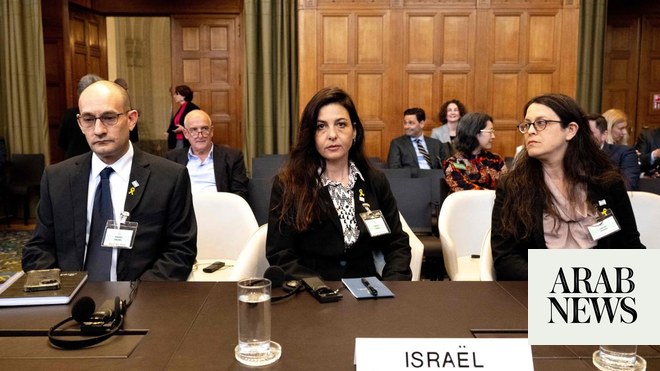
There has been a lot of criticism of Fifa’s plans to host the 2030 men’s World Cup across six countries (Spain, Portugal, Morocco, Argentina, Uruguay and Paraguay) and to relax the minimum number of existing stadiums required to host the 2034 tournament, a key decision that will inevitably lead to a successful Saudi Arabia bid. These have quite rightly raised eyebrows – climate has clearly not been at the heart of the decisions.
If fan travel makes up roughly 70% of football’s carbon footprint, how can Fifa plan to halve its emissions in the same year it hosts a tournament in three continents? And given that infrastructure is a big source of emissions around mega-events, what commitment is Fifa showing to the planet when it encourages more building in Saudi Arabia by reducing the minimum number of compliant existing stadiums from seven to four but keeping the final number of suitable stadiums at 14?
To deliver any mega-event, be that a World Cup or an Olympic Games, environmental sustainability will always be a challenge. New infrastructure and the arrival of people from around the world at one location will inevitably release tonnes of carbon into the atmosphere and significantly affect local ecosystems.
It’s a vicious cycle, with high-carbon mega-events contributing to a troubling picture that may have implications for the next World Cup. North America’s record-breaking summer temperatures and poor air quality have sparked concerns over whether the 2026 tournament in Canada, the USA and Mexico will even be playable.
Extreme weather poses a serious risk to players’ and fans’ health and tests infrastructure strained under the pressure of international hosting duties.
So how can Fifa break this cycle and take greater steps towards creating an environmentally sustainable World Cup? Football For Future (FFF) believes a review of the World Cup bidding process, through which Fifa decides which countries are going to host a tournament, is vital.
The process is full of contradictions and inconsistencies. Although the successful USA, Mexico and Canada bid was judged to have low climate-risk factors, it reported a 3.7m tonne carbon footprint, meaning it will be the highest-carbon event in World Cup history.
Travel accounted for 85% of these emissions – yet the tournament’s travel plans were judged as a low risk factor by Fifa, citing the “combination of excellent international accessibility and intercity air connectivity”.
Fifa has made progress. It is now assessing bids according to several risk factors including “sustainable event management” and “environmental protection”, and asks bids to complete carbon footprints.
Looking to 2030 and 2034, there are signs of improvement. All stadiums will be required to have sustainable building certification from Fifa-approved standards – a precedent recently set at this year’s Women’s World Cup.
But we’re still a long way off. Why does Fifa only politely ask successful bids to “engage in the process of becoming a signatory” of the United Nations Sport for Climate Action Framework (Unscaf), when Fifa itself and other mega-events such as the Paris 2024 Olympic Games are signed up?
Why does Fifa ask host nations only to encourage the availability of low-carbon transport infrastructure? Trains and buses provided sensible travel options between stadiums at the Qatar World Cup but clearly that cannot be replicated on anything like the same scale in 2030.
If Football Australia’s discussions regarding a 2034 joint bid with at least two other countries were to navigate global football politics and the necessary stadium requirements, how can Fifa support its members to genuinely prioritise the environment within World Cup bids?
It must review the bidding process to ensure carbon and environmental sustainability are considered across all the risk factors and the climate is genuinely being prioritised by potential hosts. If that happens, we could see the beautiful game pioneering a tournament that can lead by example and trailblaze an environmentally sustainable transition to global net zero, limiting the Earth’s average temperature to below 1.5C above pre-industrial levels.
The climate challenge before us is immense, but the power of football is equally boundless.












